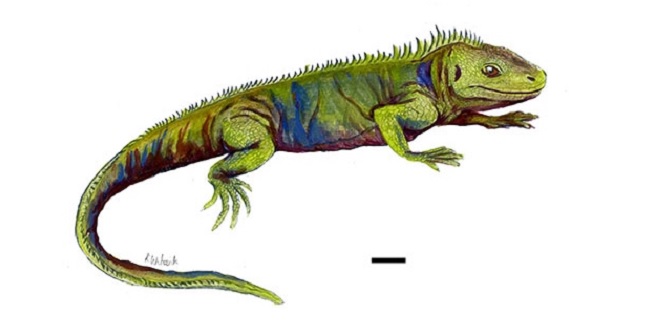Newly discovered ancient reptile named after “Sectumsempra” spell
Researchers from the University of Bristol have just discovered an ancient species of lizard and named it after the flesh-cutting Sectumsempra curse from the Harry Potter series.

The lizard is named Clevosaurus sectumsemper, and at a measurement of 11 cm (4 in) from snout to tail, it is the smallest of the clevosaurs, or “Gloucester lizards.” The reptile’s comparison with the Potter curse is evident from its “blade-like” teeth, seen below, which self-sharpen when they cut past each other.

The discovery was made by 21-year-old undergraduate student Catherine Klein, who found the 205-million-year-old fossil in a previously unstudied drawer full of rocks that were discovered in the 1980s in Woodleaze Quarry, near Bristol.
Klein studied thousands of fossils from the rocks and identified distinctions between this species and other known clevosaurs. She described the Clevosaurus sectumsemper:
The new species probably lived in a relatively hostile environment because there is a relatively high occurrence of healed fractures. Possibly the animals were fighting each other due to a limited food source, or perhaps they preyed on each other, and bones were broken, but some individuals survived, and their broken bones healed.
Klein explained the naming of the lizard:
The species name sectumsemper means ‘always cut’ and was chosen to reflect this. It is also a nod to the Harry Potter character Severus Snape, who made a spell called sectumsempra.
Several other creatures have previously been named after the Harry Potter series, including the Dementor wasp, Ampulex dementor, and a stink bug, Thestral incognitus.

